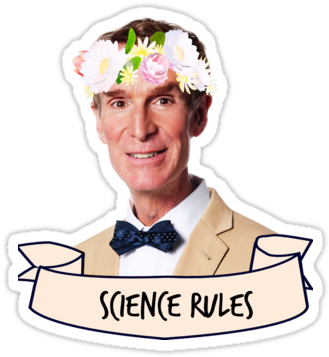this post was submitted on 21 Jul 2025
1424 points (98.9% liked)
Science Memes
17015 readers
2253 users here now
Welcome to c/science_memes @ Mander.xyz!
A place for majestic STEMLORD peacocking, as well as memes about the realities of working in a lab.

Rules
- Don't throw mud. Behave like an intellectual and remember the human.
- Keep it rooted (on topic).
- No spam.
- Infographics welcome, get schooled.
This is a science community. We use the Dawkins definition of meme.
Research Committee
Other Mander Communities
Science and Research
Biology and Life Sciences
- !abiogenesis@mander.xyz
- !animal-behavior@mander.xyz
- !anthropology@mander.xyz
- !arachnology@mander.xyz
- !balconygardening@slrpnk.net
- !biodiversity@mander.xyz
- !biology@mander.xyz
- !biophysics@mander.xyz
- !botany@mander.xyz
- !ecology@mander.xyz
- !entomology@mander.xyz
- !fermentation@mander.xyz
- !herpetology@mander.xyz
- !houseplants@mander.xyz
- !medicine@mander.xyz
- !microscopy@mander.xyz
- !mycology@mander.xyz
- !nudibranchs@mander.xyz
- !nutrition@mander.xyz
- !palaeoecology@mander.xyz
- !palaeontology@mander.xyz
- !photosynthesis@mander.xyz
- !plantid@mander.xyz
- !plants@mander.xyz
- !reptiles and amphibians@mander.xyz
Physical Sciences
- !astronomy@mander.xyz
- !chemistry@mander.xyz
- !earthscience@mander.xyz
- !geography@mander.xyz
- !geospatial@mander.xyz
- !nuclear@mander.xyz
- !physics@mander.xyz
- !quantum-computing@mander.xyz
- !spectroscopy@mander.xyz
Humanities and Social Sciences
Practical and Applied Sciences
- !exercise-and sports-science@mander.xyz
- !gardening@mander.xyz
- !self sufficiency@mander.xyz
- !soilscience@slrpnk.net
- !terrariums@mander.xyz
- !timelapse@mander.xyz
Memes
Miscellaneous
founded 2 years ago
MODERATORS
you are viewing a single comment's thread
view the rest of the comments
view the rest of the comments
How do we predict the total mass of the universe?
I think it's a combination of at least three things.
Cosmic Microwave Background radiation gives us a pretty good idea of the energy/mass density in the universe at a fixed point and age of the universe. If you take the densities estimated from the CMB and multiply it by the estimated size of the universe at the time the CMB (380k years after the Big Bang), then you get the total mass.
Second, we can just look for what we can see. I think there have been large-scale surveys done to estimate total mass/energy in the universe.
The third estimate has to do with something called 'critical mass' - we observe the overall 'curve' of space to be very close to flat. I'm talking the geometry of space; two parallel rays of light do not ever cross or diverge. For this to happen, there needs to be a certain average density of mass.
Wikipedia has the mass of the observable universe listed as 1.5×10^53 kg, although this can go up to 10^60 kg at the higher ends.
If we plug the Wikipedia numbers into the Schwartzchild radius formula: r = (2GM) / (c^2)
Where G is the gravitational constant, M is our mass, and c is the speed of light:
r = (2 * 6.67408 * 10^-11 m^3 kg^-1 s^-2 * 1.5*10^53 kg) / (299792458 m/s)^2
r = 2 * 10^43 m^3 s^-2 / 8.988 * 10^16 m^2/s^2
r = 2.225×10^26 meters
r = 23.52 billion light years
Wikipedia lists the radius of the observable universe as 46.5 billion light years.
So... given the Wikipedia numbers, the universe would need to be half the size it is now to be a black hole. At these scales, being within an order of magnitude is... fine.
If we bump up the estimate of mass to only 3x10^53 kg, then the Schwartzchild radius equals the size of the observable universe.
So it's within the margins of error of our current estimates that the Schwartzchild radius of our universe would be the current size of our universe.
Approximately
Light from stars tells us how big they are then adjust for things that don't emit light by looking at how objects move (i.e. gravity). Objects in this case not necessarily being single entities but often groups of things like entire galaxies. This is basically how dark matter became a thing. Scientists were like "hey theres waaaay more gravity moving things around but we dont see any objects causing it...."